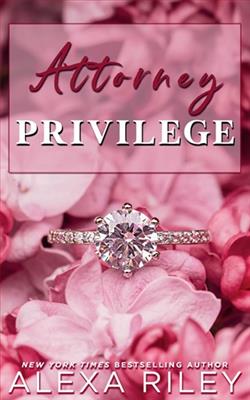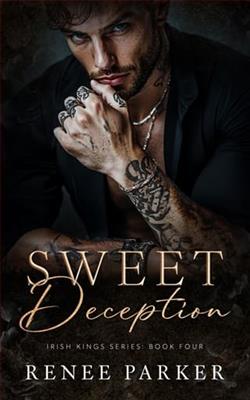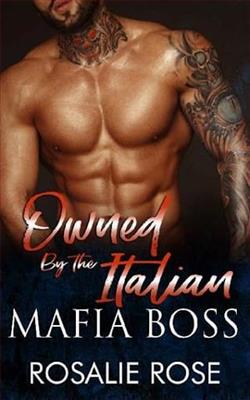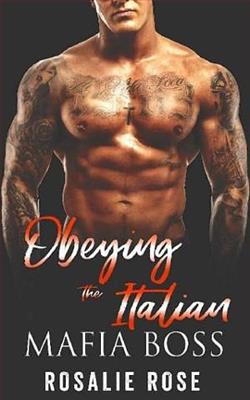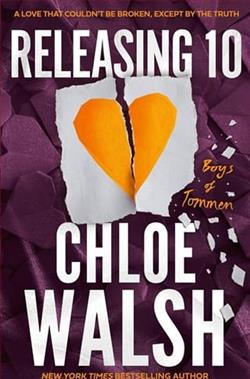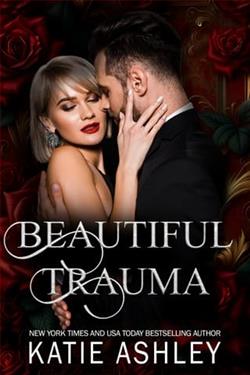Page 24 of The Strawberry Thief
‘But my kind of art must be right the first time. There’s no unpicking the stitches. There’s no rubbing-out, no second try. If I make a mistake, then someone has to take the consequences. I have to be very careful.’
I looked at the hanging on the wall. It was even more complicated than I’d thought: the birds (I was sure they were thrushes now) chasing each other through the blue leaves; a repeating pattern of strawberries. It looked like it might be a tapestry, or maybe a curtain or bedspread. In any case, it was the only piece of art in the place.
Do you make things like that?I signed.
The magpie lady shook her head. ‘I don’t work with textiles.’
What, then?
She reached into the pocket of her baggy black trousers and took out a thing that looked completely unlike any kind of pencil or pen I had ever seen. It looked like part of a toy gun: purple and chrome, with a sharp end. But I could see now that itwasa pen. I could see where the ink was supposed to go.
‘You may not ever have seen one of these,’ said the lady, showing me. ‘It’s a very new design. Lovely to use, very quiet. Much less trauma to the skin.’
The skin?
I looked at her again, her arms all covered in tattoos. And now I knew what the special pen was for, and why she needed those mirrors. And the chair, like a dentist’s chair, designed to be angled and moved around—
I put out my hand and touched her arm with an outstretched finger. The skin there was all tangles: spirals and roses and clusters of leaves. I recognized the design on the wall – the dark-blue briars, the little white flowers and the heart-shaped strawberry-leaves. But it was warm: I could feel it. I touched it with my open hand. It looked as if you ought tofeelthe texture of flowers and leaves. But really it was just smooth skin, same as anyone else’s.
‘You don’t say much, do you? What’s your name?’
I whispered: ‘Rosette,’ in my shadow-voice, careful not to speak too loud.
She nodded. ‘Rosette. What a pretty name. I’m Morgane. I hope we’ll be friends. What kind of art do you like, Rosette?’
I looked back at my pink satchel. Normally I wouldn’t show my pictures to a stranger. But now I knew her name, and so I guess she wasn’t a stranger. I took out my drawing-book, the purple one Anouk brought me from Paris. There are three hundred pages inside. Plenty of space left for new stuff.
Morgane opened it: looked at the pages one by one. She did it really slowly, looking at every drawing. A couple of times I saw her smile. She lingered for a long time over the one with the little girl, lost in the strawberry forest. It’s a lot more complicated than my usual drawings, I thought. And now, looking back at the shadows there, and the briary tangles I’d drawn, I could seeThe Strawberry Thief, clear as a reflection.
Morgane didn’t say anything. She turned the page and kept looking. Then at last she looked up and said: ‘These are very good, you know. You have such economy of style. Such humour. This bird …’ she showed me a picture of Reynaud as a crow – a little drawing, just a few lines: the eyes, his beak and hissoutane. ‘That’s our localcuré, right?’
I laughed, and made Bam tumble and dance through blue reflected foliage.
‘Want to see some of mine?’ she said. I nodded, and she went back through the curtain into the living space beyond, and came out with an album. Inside were hundreds of photographs of different people with different tattoos.
‘All of them are unique,’ said Morgane. ‘I never do the same design twice. And I ask my clients to think very hard aboutwhenandwhythey come to me. Because it can only ever be once. I don’t do repeat performances.’
I looked through the book of photographs. There were all kinds of people there: young and old, of all races. Some had big, elaborate tattoos. Some very simple, tiny ones. But in all of them I could see her style: dense and graphic and disciplined, like theStrawberry Thiefon the wall, that shares my name, and managed somehow to find its way into my drawing.
And then I stopped at a photograph. A black-and-white image of a girl with a little heart tattoo. The tattoo was very simple – it looked like a single pen-stroke – and yet it was so perfect, so clean; like a piece of calligraphy. But it wasn’t the tattoo that had first caught my eye. It was the girl in the picture; a girl who looked about twenty, smiling into the camera, wearing a simple white T-shirt with the sleeve rolled up to reveal the little black heart on her shoulder—
And although she’d been a lot older when we knew her in Paris, I recognized the girl with the heart. I sometimes see her in my dreams, and I know Maman dreams of her too, because I hear her in her sleep, and feel the wild wind calling me.
Morgane looked over my shoulder. ‘That’s an early one,’ she said. ‘In Paris, when I was just starting out. I remember them all, you know. Every one of my clients. And the photographs are all that I have of the art I made for them. Because art is like love. It goes feral if you keep it to yourself. Art is made to be given away, otherwise, it just rots.’
I’d never thought of it that way. I looked back at that picture of Zozie de l’Alba on the page, looking so young and so innocent, her eyes all filled with dancing lights.
Who’s that?
‘I never asked. Just gave her what she needed.’
And that was when the little bell rang, and Maman came in through the purple door, looking angry, looking scared, with her hair all wild from the wind and her face as pale as a sheet of paper …
5
Sunday, March 19
I saw her through the window. Her marigold hair, her vivid face – like a child in a fairytale, lost in a world of mirrors. And in the mirrors, I saw Zozie – scarlet lipstick, hair dyed blonde – watching her with hungry eyes.








